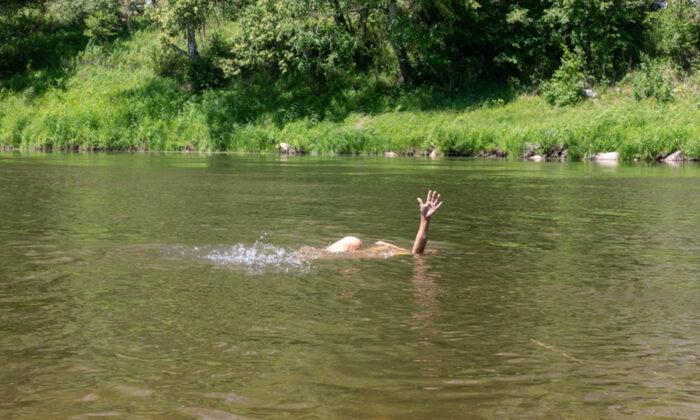New research by Australia’s water safety authorities reveals that COVID-19 lockdowns may be the reason for a “tragic increase” in child drownings, with “exhausted” working-from-home parents failing to supervise their children and swimming classes suspended.
There were 294 drowning deaths in the past 12 months across Australia’s coastline, inland waterways, and pools, a 20 percent year-on-year increase. Twenty-five of deaths were children aged 0-4 years, a 9% increase on the 10-year average. Among all deaths, 17% are people aged 25-34 years, the most of any age group.
The research highlighted two key trends, including surges in drowning deaths “immediately following large-scale lockdowns”; and more Australians spending their holidays domestically and swimming in unfamiliar (usually unpatrolled) waters.
- Australians are seeking remote places to escape crowds, swimming outside of patrolled hours, and visiting isolated beaches, rivers, or lakes;
- Increased drowning risks around the home when people are “exhausted from working from home, homeschooling, and restricted time in confined spaces,” which can lead to distractions and unwatched kids around water.
- Swimming lessons stopped due to lockdowns, while Australians lacking the swimming skills with reduced pool access turn to open waterways.
Among all drowning deaths, NSW recorded the most with 99, Queensland had 66, and Canberra had 4.
Justin Scarr, CEO of RLSSA, was saddened by the tragic surge in child drowning, as well as the unprecedented disruptions to children’s swimming lessons.
“Royal Life Saving fears that many children will never return to lessons, so won’t meet the fundamental water safety benchmarks, and will miss out on the lifelong benefits of being able to swim,” he said.
“Young children need constant supervision around water, and pool owners should check their pool fence and gate is in good working order ahead of summer.”
Scarr also pointed out that alcohol and drugs are other key factors that can lead to drowning.
Adam Weir, CEO of SLSA, admitted that the past 18 months have been tough on all Australians, considering that spending time on the coastline is a favourite pastime of the nation.
“With more Australians holidaying at home and making the most of our iconic coastline, our simple message is to swim at patrolled locations and be aware of your actions and decisions around the water, know your limits,” he said. “We want to ensure everyone can enjoy our coastline safely and return home to loved ones.”
Weir predicted that visiting new places is going to be “high on people’s list when coming out of lockdown.”
“Be sure to seek out patrolled beaches, download the Surf Life Saving’s Beachsafe App and when boating, using watercraft, or rock fishing, always wear a lifejacket—it could save your life,” Weir said.




